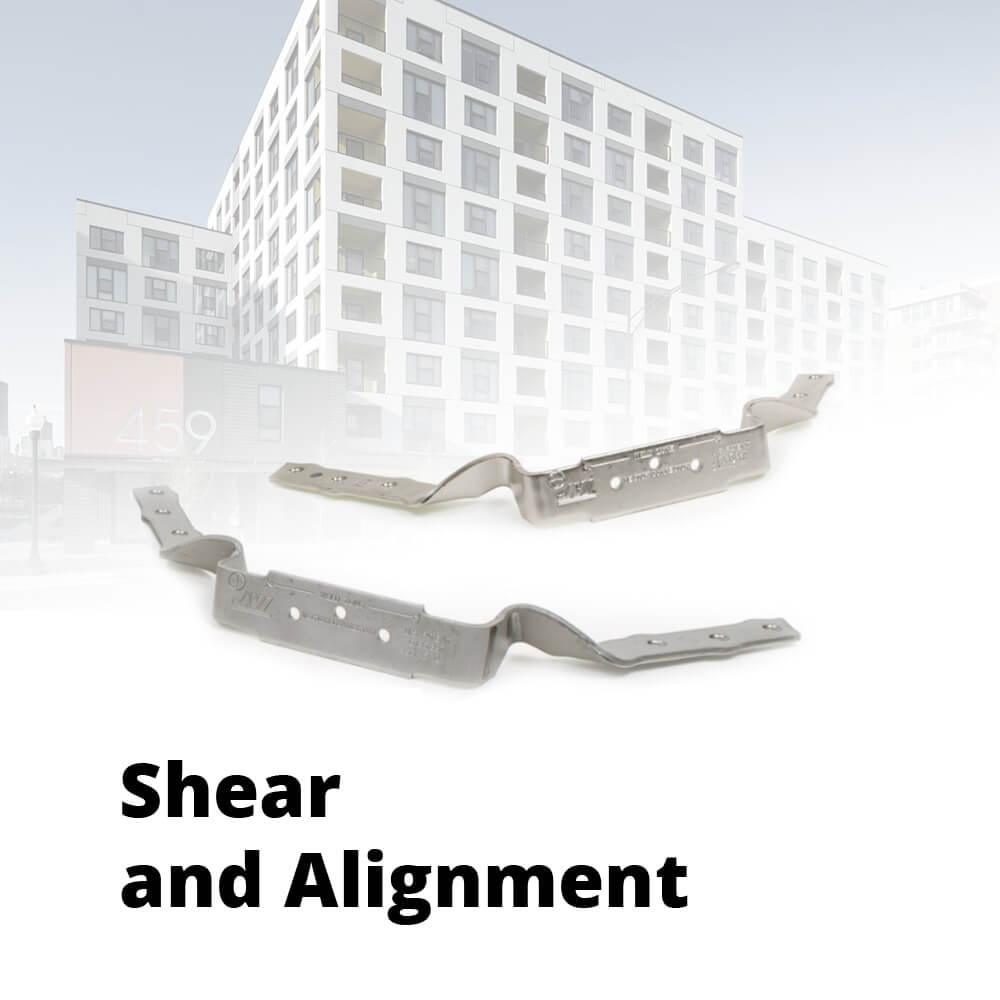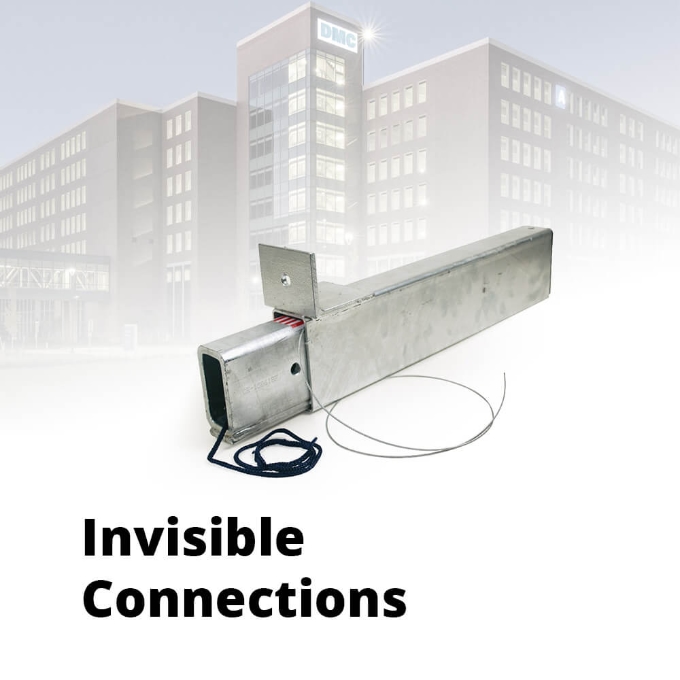
Thermal mass and Energy Savings
Credit: Original article published here.
Thermal mass is the ability of a material to absorb and store heat energy (Thermal Sponge). A lot of heat energy is required to change the temperature of high density materials like concrete, which is therefore said to have high thermal mass. Lightweight materials such as timber have low thermal mass.
Due to its density, concrete has the capacity to absorb and store large quantities of heat, contributing to a high-performance building envelope. Its thermal mass allows concrete to react very slowly to changes in outside temperature to reduce peak heating and cooling loads and delay the time at which these loads occur. The resulting savings can be significant—up to 25% of heating and cooling costs.

Thermal mass can store solar energy during the day and re-radiate it at night. Used correctly, it can moderate internal temperatures by averaging out diurnal (day−night) extremes. This increases comfort and reduces energy costs. Poor use of thermal mass can exacerbate the worst extremes of the climate and can be a huge energy and comfort liability.
To be effective, thermal mass must be integrated with sound-passive design techniques. This means having appropriate areas of glazing facing appropriate directions with appropriate levels of shading, ventilation, insulation and thermal mass.
How thermal mass works
Thermal mass acts as a thermal battery. During summer it absorbs heat during the day and releases it by night to cooling breezes or clear night skies, keeping buildings comfortable. In winter the same thermal mass can store the heat from the sun or heaters to release it at night, helping buildings stay warm.
Thermal mass is not a substitute for insulation. Thermal mass stores and re-releases heat; insulation stops heat flowing into or out of the building.
Thermal mass is particularly beneficial where there is a big difference between day and night outdoor temperatures. Correct use of thermal mass can delay heat flow through the building envelope by as much as 10−12 hours, producing warmer buildings at night in winter and cooler buildings during the day in summer.
A high mass building needs to gain or lose a large amount of energy to change its internal temperature, whereas a lightweight building requires only a small energy gain or loss to change the air temperature. This is an important factor to consider when choosing construction systems and assessing climate change adaptation.
ASHRAE Standard 90.1 acknowledges the thermal mass benefits of concrete walls in specifying lower minimum insulation R-value and higher maximum wall U-factors for mass (concrete) wall construction.
Research conducted by Oak Ridge National Laboratory compared the dynamic thermal performance of insulated concrete walls with that of a traditional wood frame. Research shows that insulated concrete sandwich walls constructed with composite connector technology utilize the thermal mass effect of concrete to create an “equivalent wall performance R-value” several times greater than a traditional material R-value calculation.
Energy-saving benefits of thermal mass are most pronounced when the outside temperature fluctuates above and below the balance temperature of the building, causing a reversal of heat flow within the wall. The balance point is generally between 50 and 70°F.
These ideal conditions for thermal mass exist on a daily basis at all locations in the United States and Canada.
Another factor affecting the behavior of thermal mass is internal heat gain. This includes heat generated inside the building by lights, equipment, appliances and people; and heat from the sun entering through windows. Generally, during the heating season, benefits of thermal mass increase with the availability of internal heat gains. During the cooling season, thermal mass exposed to the building’s occupied spaces will absorb internal gains, shifting peak cooling periods. Concrete exposed to the interior, not covered by insulation and gypsum wallboard, works best to absorb internal gains, saving cooling energy.
Thermal mass also works well when daily temperatures have large variations between the daytime high and nighttime low and when outdoor air can be used for nighttime ventilation. Designs employing thermal mass for energy conservation should be given a high priority.
The benefits of thermal mass are different for each climate, location and building orientation. Building codes and standards now provide for the benefits of thermal mass. In increasing numbers, they are beginning to acknowledge the effect of the greater heat storage capacity in buildings having high thermal mass.
Studies have shown that concrete buildings have lower heating and cooling loads than lightweight buildings, thus life cycle cost will be lower or less insulation can be used for equivalent performance
Jeff Holt
Sales
References
www.pci.org/PCI/Design_Resources/Sustainability_Resources/The_Building_Envelope.aspx
www.yourhome.gov.au/passive-design/thermal-mass
The post Thermal mass and Energy Savings appeared first on Wells Concrete.





